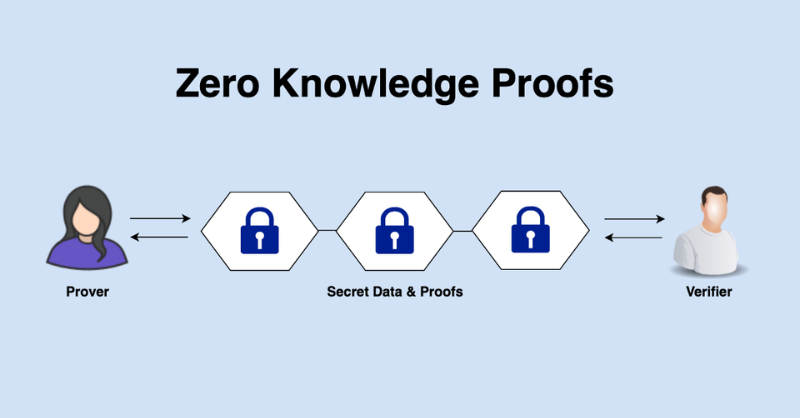
One of the crucial trading practices that experienced traders vouch for is maintaining a trading journal ✍️
In today's 🧵, we explore what a trading journal is and how it helps #traders to stay disciplined and organized.
#TradingJournal #cryptofutures
In today's 🧵, we explore what a trading journal is and how it helps #traders to stay disciplined and organized.
#TradingJournal #cryptofutures
2/ It is important for any trader to have a trading journal to review their trades & identify what works and what doesn't. The planning of futures trades, documentation of existing positions, and recording of emotions are all important aspects of a successful trading strategy.
3/ Components of a trading journal include risk management, trade analysis, trade execution, and strategy execution. By tracking these components, you can get a better understanding of how your strategy is performing. 📈
#cryptotraders
#cryptotraders
4/ A trading journal can also help you create a trading plan. By recording your trades, you can see which strategies work for you and which ones don’t and identify areas that need improvement. This will help you develop a more effective trading plan.
5/ As experienced trader @btc_charlie said - Journal your trades, your emotions, what you're learning, your goals, and remind yourself why you're doing it. It really helps to go through the journal and review your trades regularly & identify the terrible trades from the good ones
6/ Creating a trading journal is easy! ✅
Start by listing out all the different components that you would like to track, such as the type of asset, entry price, exit price, duration, position size, stop loss, take profit, exit price, and trading fees, among other things.
Start by listing out all the different components that you would like to track, such as the type of asset, entry price, exit price, duration, position size, stop loss, take profit, exit price, and trading fees, among other things.
7/ Your trading journal can be customized in a variety of formats to suit your individual style and needs. The only thing you need is a place to plan and document your trading activities.
8/ Trading journals are beneficial for both novice & experienced traders. For beginners, it can provide a better understanding of markets by helping to identify patterns & trends. Experienced traders can review their performance & identify potential opportunities for improvement.
9/ Overall, trading journals provide a way to track performance, identify mistakes, and develop better strategies for success. By taking the time to track their trades and review their performance, traders can make more informed decisions and maximize their potential for success.
To learn about more trading concepts, head to GammaX Trading University - gammax.exchange/learning-rewar…
If you found this insightful, like/retweet 🔁 the first tweet; that’d be much appreciated! 🙏
If you found this insightful, like/retweet 🔁 the first tweet; that’d be much appreciated! 🙏
https://twitter.com/Gammax_Exchange/status/1621232799108976640?s=20&t=VP_-gzzcDW9EqQlhj0iFoQ
• • •
Missing some Tweet in this thread? You can try to
force a refresh






